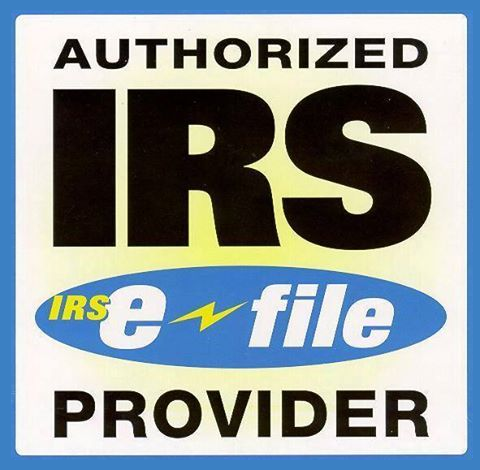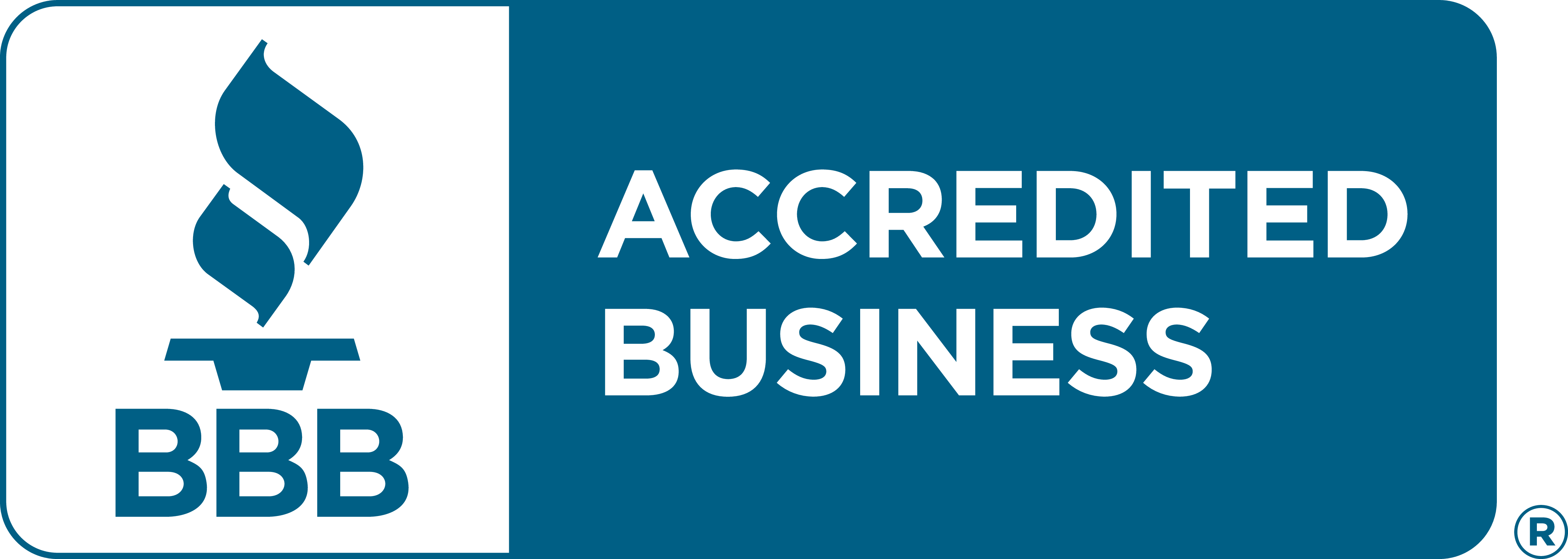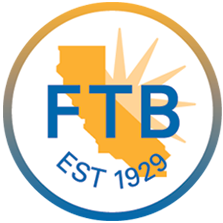Filing IRS Form 1023 is important for nonprofit organizations to get tax-exempt status. Whether you are starting a new nonprofit or formalizing your existing operations, this resource page will help you to understand the requirements and process of Form 1023.
What is Form 1023?
Organizations use Form 1023 to apply for an "tax-exempt" status under section 501(c)(3) of the IRS. Tax exempt status allows eligible nonprofit organizations to be exempt from federal income tax and to receive tax-deductible charitable contributions.
Who must File Form 1023?
Form 1023 IRS is filed by nonprofit organizations operating under section 501(c)(3). They are
- Charitable and Religious organizations
- Educational entities
- Scientific organizations
- Literary organizations
- Sports organizations (to foster national or international amateur sports competition)
- Organizations prevent cruelty to children or animals.
Tip: If your organization has gross receipts ≤ $50,000and total assets ≤ $250,000, consider filing Form 1023-EZ, a shorter version of Form 1023.
How many parts are there in IRS Form 1023?
IRS tax Form 1023 includes 11 parts and you should provide the necessary information for each section.
- Part I- Organization details
- Part II- Organizational Structure
- Part III- Required Provisions in Your Organizing Document
- Part IV- Narrative Description of Your Activities
- Part V- Compensation and Other Financial Arrangements with Your Officers, Directors, Trustees, Employees, and Independent Contractors
- Part VI- Your Members and Other Individuals and Organizations That Receive Benefits from You
- Part VII- Your History
- Part VIII- Your Specific Activities
- Part IX- Financial Data
- Part X- Public Charity Status
- Part XI- User Fee Information
Schedules of IRS 1023 form
Form 1023 irs includes 8 schedules which the IRS requires to collect additional information about an organization type or activities.
- Schedule A - Church
- Schedule B - school, college, or university
- Schedule C - Hospitals or Medical Research Organizations
- Schedule D - Section 509(a)(3) supporting organization
- Schedule E - Filing 27 months late or applying for reinstatement after automatic revocation of tax-exempt status.
- Schedule F - Low-Income Housing Organizations
- Schedule G - Successors to Other Organizations
- Schedule H - Organizations Providing Scholarships, Fellowships, Educational Loans, or other educational grants to individuals and/or a private foundation.
How to E-File Form 1023?
E-file IRS 1023 Form with the IRS by following the given steps.
Step 1: Create an account on www.pay.gov
Step 2: Select the Internal Revenue service Form 1023
Step 3: Fill out all applicable parts (Parts I–XI) and attach required schedules (A–H)
Step 4: Submit form 1023 to the IRS.
What is the next process after submitting form1023?
After Submitting Form 1023, the IRS will issue a determination letter confirming the organization's tax-exempt status and annual filing requirements (based on gross receipt and total assets)
- Form 990 is filed by larger organizations with gross receipts greater than or equal to $200,000 or total assets greater than or equal to $500,000
- Form 990-EZ is for mid-size organizations with gross receipts under $200,000 and total assets under $500,000
- Form 990-N is for small organizations with gross receipts of $50,000 or less.
Note: File Form 990-N with TaxZerone at no cost for the current tax year.
- Form 990-PF is filed by both exempt and taxable private foundations to provide a detailed report of the foundation’s assets, liabilities, income, and expenses.
File Form 990 series using TaxZerone for an easy filing process
The information provided is based on guidelines from the IRS website. For more information, check the
IRS instructions for Form 1023 and
Instructions for Form 1023-EZ.











